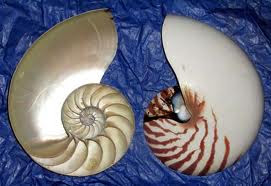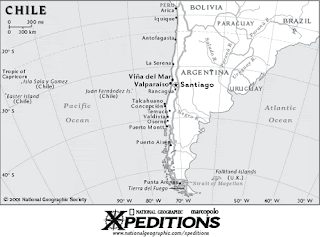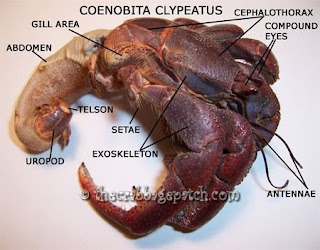
Classification:
Kingdom: Animalia
Phylum: Arthropoda
Class: Insecta
Order: Hymenoptera
Suborder: Apocrita
Superfamily: Vespoidea
Family: Pompilidae
Subfamily: Pepsinae
Tribe: Pepsini
Introduction:
The Tarantula Hawk is the biggest wasp in the world and probably one of the most painful stings in the world. Its sting is only second to that of a bullet ant. The wasp can grow to up to two inches long and a female’s stinger can grow to up to a third of an inch. The reason why there called the Tarantula Hawk is because these wasps actually hunt tarantulas as food for its larvae. The Tarantula Hawks are worldwide in distribution and have at least 250 species in South America.
Anatomy:

Form and Function:
The Tarantula Hawk seeks for female tarantulas in there borrows and prefers female tarantulas because they are much bigger. Surprisingly enough the female Wasps do all of the hunting and the male Wasps feed off flowers. The male Wasp has a behavior called Hill Hopping and what that is is that males wait atop big trees and wait for a female Wasp to stroll by to reproduce. The Hawk Wasp, after a delightful battle stings and paralyzes the spider. Then with its mega atomic strength drags the spider back to her own borrow. The wasp believe it or not lays a single egg on the spiders beat up body and the larvae enters the body after it hatches. It plunges into the spiders belly and feeds on it continuously being careful avoiding major organs. After several weeks the larva pupates and becomes a wasp. Once it becomes an adult, the wasp tears through the spider’s stomach to get out and continues its normal life cycle after that. Tarantula Wasps like to drink a lot of nectar and sometimes if they drink too much they actually become intoxicated and that makes it very difficult for them to fly. Somebody issue that Wasp a FUI for flying under the influence right.
This is a picture of a Tarantula Hawk Dragging a Tarantula away.
Impact on World/Humanity:
Believe it or not the Tarantula Wasp is actually the official state insect of New Mexico. It was chosen to be the state insect in 1989 by a group of elementary students who sent out a ballot to other schools to decide which insect would be named the state insect.

Look at the size of this thing!!!
Journal Article:
This journal basically describes to you all of the characteristics of the wasp and informs you of their prey that they hunt and their reproduction tendencies. It also describes to you how painful the wasps’ sting is if you ever get stung by one. The wasps’ sting is second in the whole world for insects for most painful sting.
http://www.jstor.org/pss/25086231
Videos:
http://www.wn.com/tarantula_hawk#
This takes you to a bunch of videos!!!





























